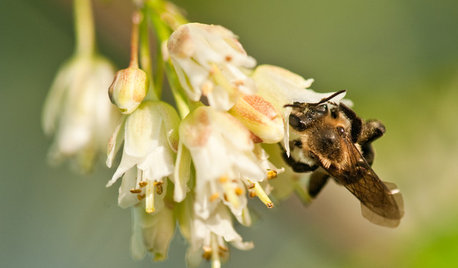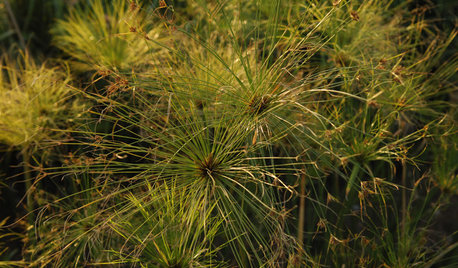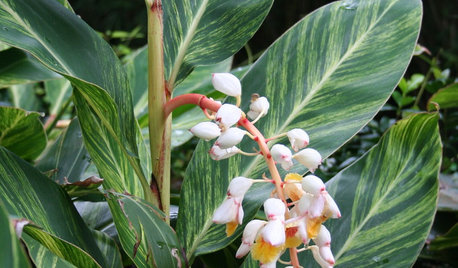Blueberry Bog Garden
DEAP
20 years ago
Related Stories

GARDENING GUIDESGreat Design Plant: Grow Blueberries for Their Fruit and More
Eastern gardeners should consider growing blueberry plants for their delicious fruits, bee-friendly spring blooms and brilliant fall foliage
Full Story
EDIBLE GARDENSSummer Crop: How to Grow Blueberries
Plant blueberries in spring or fall for garden beauty through three seasons — and a sweet superfood in summer
Full Story
FALL GARDENING5 Fall Fruits You Can Grow in Containers
Brighten your porch or patio with a potted pomegranate, kumquat, blueberry bush or another great fall fruit
Full Story
GARDENING GUIDESGreat Design Plant: Cephalanthus Occidentalis
Buttonbush is an adaptable woody shrub with delightful pincushion flowers
Full Story
GARDENING GUIDESGreat Design Plant: Staphylea Trifolia Shines in the Shade
Plant American bladdernut for 3 seasons of interest: spring flowers and striped brown branches and bladder-like seedpods in fall and winter
Full Story
GARDENING GUIDESGreat Design Plant: Sambucus Nigra
Common elderberry is a highly adaptable shrub from the eastern U.S., with berries galore for wildlife and humans alike
Full Story
GARDENING GUIDESGreat Design Plant: Papyrus
Out of Africa and into your garden, gently swaying papyrus adds an exotic touch to water features and riverbeds
Full Story0

GARDENING GUIDES7 Tropical Bulbs for a Summer Garden That Wows
Try these stunners in summer's powerful heat for garden thrills with an exotic flair
Full Story
GARDENING GUIDESYes, You Can Grow an Edible Garden on a Hot, Dry Site
Difficult garden spots don’t need to deter you from planting trees, herbs and other delicious food plants
Full Story
GARDENING GUIDESGarden Myths to Debunk as You Dig This Fall and Rest Over Winter
Termites hate wood mulch, don’t amend soil for trees, avoid gravel in planters — and more nuggets of garden wisdom
Full StorySponsored
Columbus Area's Luxury Design Build Firm | 17x Best of Houzz Winner!






Eric_Burke
mossbackfarm
Related Professionals
Holly Springs Landscape Architects & Landscape Designers · West Milford Landscape Architects & Landscape Designers · Forest Acres Landscape Architects & Landscape Designers · Mitchellville Landscape Architects & Landscape Designers · Mooresville Landscape Contractors · Beverly Hills Landscape Contractors · Miller Place Landscape Contractors · San Rafael Landscape Contractors · West Haverstraw Landscape Contractors · Lauderdale Lakes Landscape Contractors · Crowley Landscape Contractors · Framingham Siding & Exteriors · Greenville Siding & Exteriors · Freeport Solar Energy Systems · Tustin Solar Energy Systemsjoel_bc
nandina
BelgianPupWA
FredBear